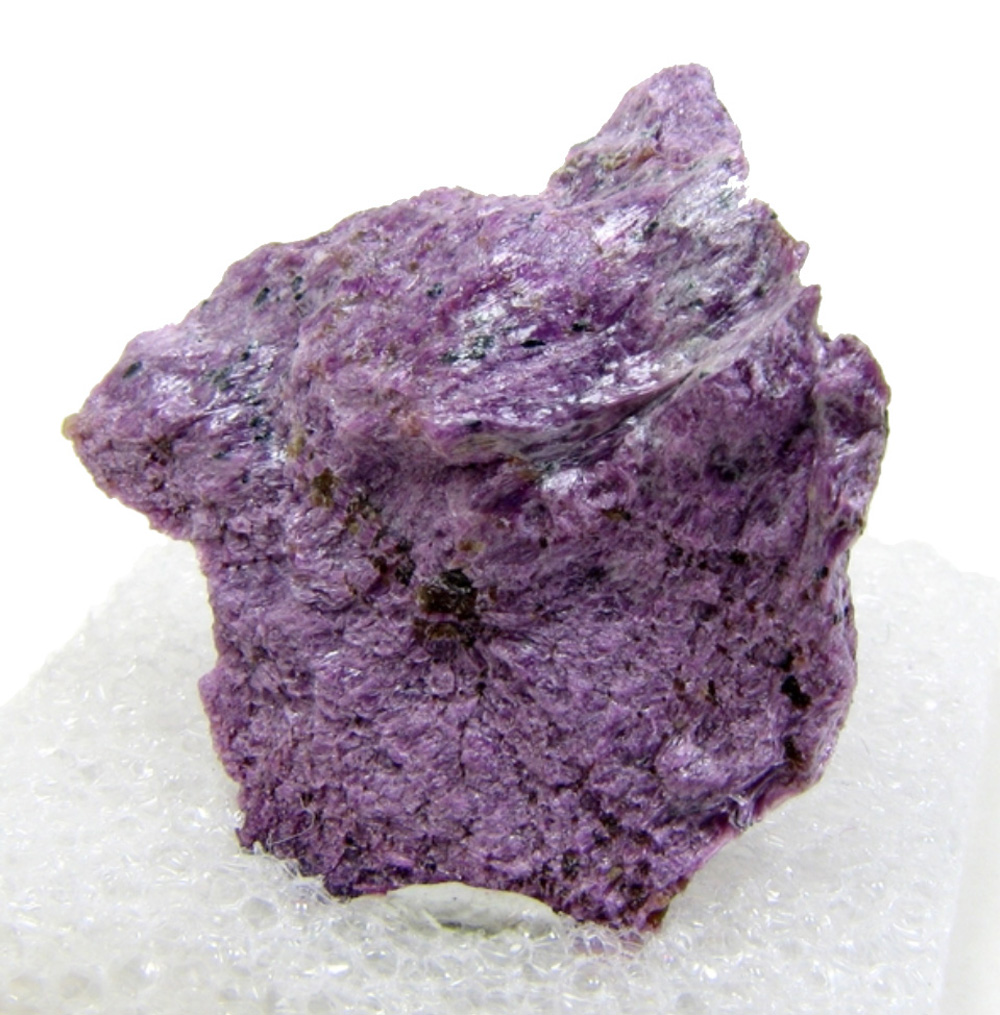
PHYSICAL PROPERTIES
- GROUP Carbonates - nitrates
- COMPOSITION Mg6Cr2CO3(OH)16· ;4H2O
- COLOR Pink, purple, lilac, violet
- CRYSTALLINE SYSTEM Trigonal rhombohedral - Hexagonal scalenohedral
- CRYSTALLINE HABIT Massive
- HARDNESS 1.5 - 2
- FRACTURE Irregular
- EXFOLIATION Perfect, but invisible
- SHINESilky, oily, pearly
- STRIPWhite to very pale blue-violet
- TRANSPARENCY From transparent to translucent
- SPECIFIC GRAVITY 2.1 - 2.2
MINERALOGICAL CHARACTERISTICS
The stichtite is a hydroxylated and hydrated carbonate of magnesium and copper and belongs to the hydrotalchite group. It usually has iron impurities. It is a lilac or purple stone, with opaque waxy layers that occurs massively in aggregates of micaceous scales or fibers. It appears in serpentine rocks, as a product of alteration of chromite and serpentine.
It was discovered in 1910 in a Tasmanian mine and its name honors the miner Robert C .sticht.
Deposits: Tasmania, Canada and South Africa.
THERAPEUTIC PROPERTIES
The stichtite is considered a highly protective stone and helps to establish the true self and to live in harmony with one's soul. It favors the process of becoming aware of limiting beliefs and their effect on one's own well-being. It helps to overcome emotional disorders related to food and allergies.
The stichtite provides resistance and helps in recovery, especially in convalescence and in degenerative diseases such as Parkinson's or Alzheimer's. dementia. On a physical level it is said to help calm the nervous and digestive systems. It is also said to be beneficial for the skin, teeth, and gums, and helps regulate blood pressure.


